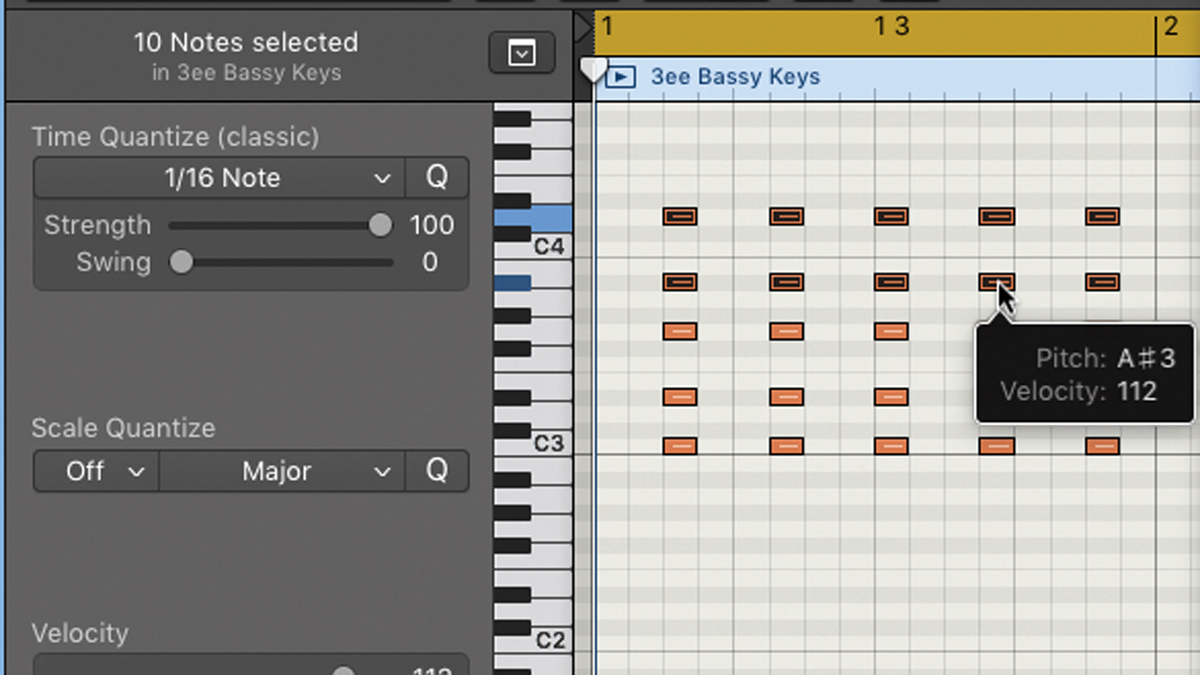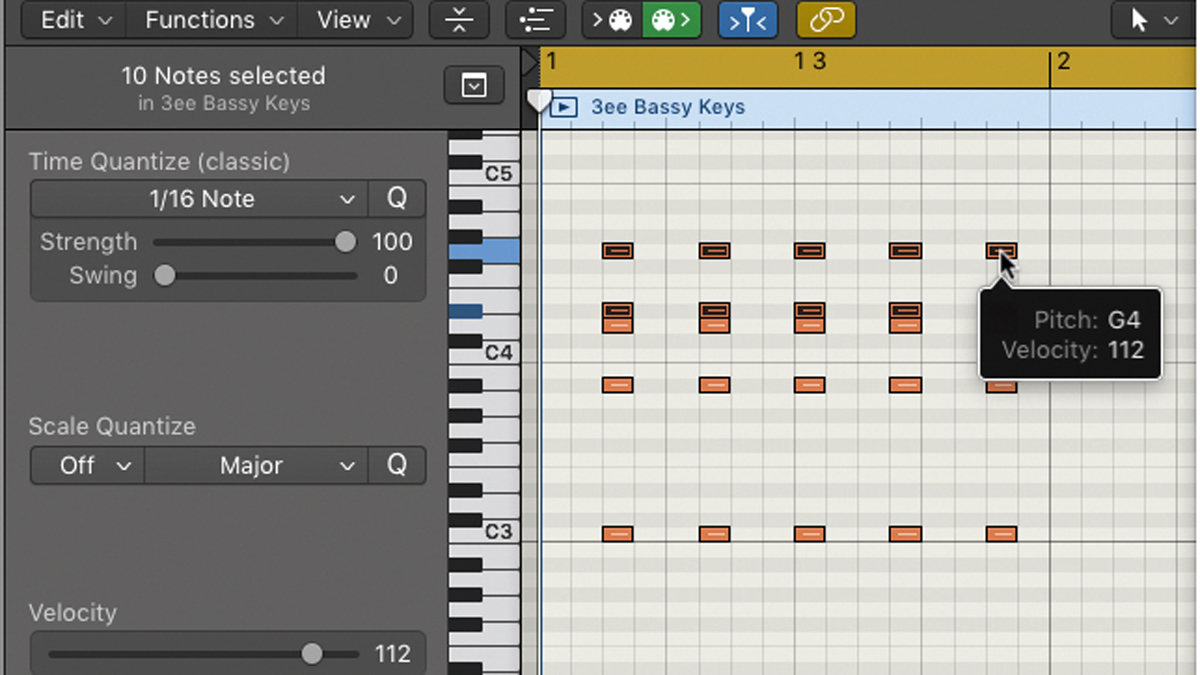How to create deep house minor ninth chords
A little music theory knowledge can help you to create a brooding sound

Minor ninth chords have a brooding intensity to them - perfect for deep house. Let’s find out how they’re created and how changing the voicing can have an impact on the overall sound.

Step 1: This example project consists of a 128bpm drum track with a bassline built on the notes C, A and Ab - the root notes of the chords we’re about to create. Using Bazille CM’s 3ee Bassy Keys preset, we’ll start with a regular C minor triad (C Eb G) playing a pattern of three 16th-notes.

Step 2: The minor ninth is known as an extended chord, as it uses notes that fall outside the octave range we usually pick notes from. If the G in our C minor chord is the fifth, we need to add two extra notes - the seventh and ninth - to extend the chord. In this case, the seventh will be Bb (ten semitones up from C) and the ninth will be D (14 semitones up from C).

Step 3: Now we have a bar full of Cm9, let’s alter the voicing slightly to give it a brighter, more open sound. The voicing is simply the order in which the notes in the chord are played on the keyboard, so grab the second and third notes up from the bottom of the chord - Eb and G - and transpose them up an octave.

Step 4: After this, we can copy and paste this bar to occupy a four-bar section, matching the length of our bass part. To match what the bass plays, we transpose the Cm9 chord in bar 2 down three semitones to make Am9, then drop the chords in bars 3 and 4 down four semitones to get Abm9.
Want all the hottest music and gear news, reviews, deals, features and more, direct to your inbox? Sign up here.
Computer Music magazine is the world’s best selling publication dedicated solely to making great music with your Mac or PC computer. Each issue it brings its lucky readers the best in cutting-edge tutorials, need-to-know, expert software reviews and even all the tools you actually need to make great music today, courtesy of our legendary CM Plugin Suite.
